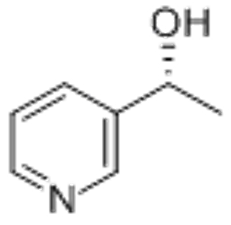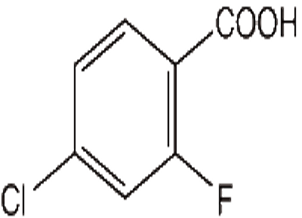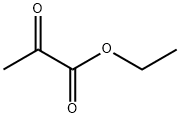2,4-Dinitrophenylhydrazine(CAS#119-26-6)
| Hazard Symbols | F – FlammableXn – Harmful |
| Risk Codes | R1 – Explosive when dry R11 – Highly Flammable R22 – Harmful if swallowed R40 – Limited evidence of a carcinogenic effect |
| Safety Description | S16 – Keep away from sources of ignition. S36/37 – Wear suitable protective clothing and gloves. S45 – In case of accident or if you feel unwell, seek medical advice immediately (show the label whenever possible.) |
| UN IDs | UN 3380 |
2,4-Dinitrophenylhydrazine(CAS#119-26-6) introduce
quality
Trusted data
Red crystalline powder. The melting point is about 200°C. Slightly soluble in water, ethanol, soluble in acid. Explosion can occur when exposed to heat, contact with open flame, high heat, friction, vibration, and impact. When burned, it emits toxic and irritating fumes. Mixing with oxidants can form explosive mixtures.
Method
Trusted data
Hydrazine sulfate was suspended in hot water, potassium acetate was added, cooled after boiling, ethanol was added, solids were filtered out, and the filtrate was washed with ethanol. 2,4-= nitrophenyl ethanol was added to the above hydrazine solution, and 2,4-= nitrophenylhydrazine was obtained by filtration, washing, drying, and filtrate concentration.
use
Trusted data
It is a chromogenic reagent for the determination of aldehydes and ketones by thin layer chromatography. It is used as an ultraviolet derivatization reagent for aldehydes and ketones in organic synthesis and explosives manufacturing.
security
Trusted data
rat oral LDso: 654mg/kg. It is irritating to the eyes and skin. It is sensitizing to the skin. This product is absorbed into the body, which can cause methemoglobinemia and cyanosis. Store in a cool, ventilated warehouse. Keep away from fire and heat sources. The warehouse temperature should not exceed 30°C. Protect from direct sunlight. Keep the container tightly sealed. For safety reasons, it is often wetted and passivated with no less than 25% water during storage and transportation. It should be stored separately from oxidants and acids. Do not mix storage and transportation.





![2-(2 2-difluorobenzo[d][1 3]dioxol-5-yl)acetonitrile(CAS# 68119-31-3)](https://www.xinchem.com/uploads/222difluorobenzod13dioxol5ylacetonitrile.png)


